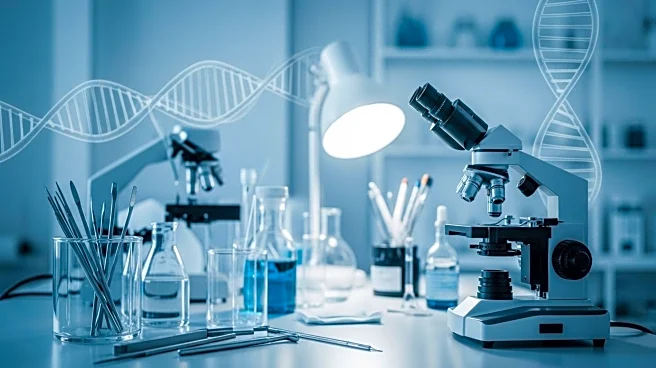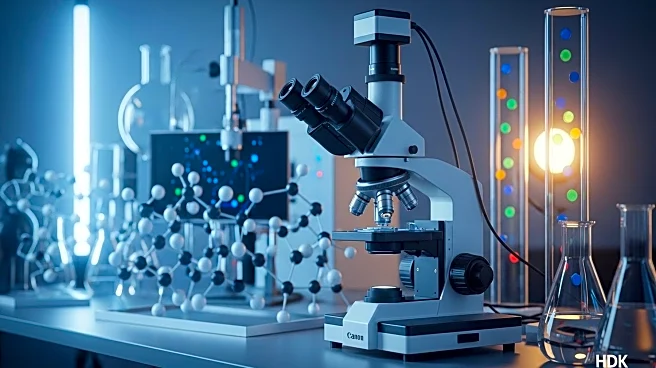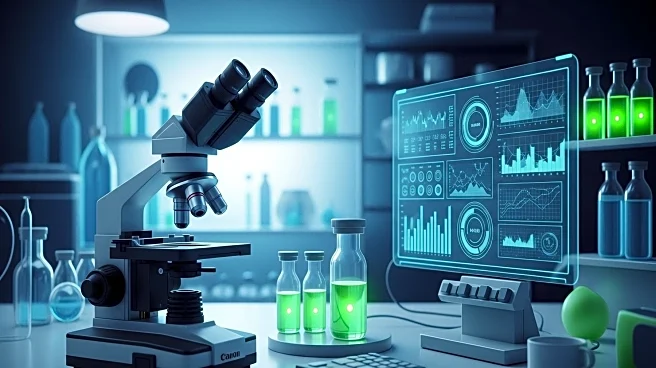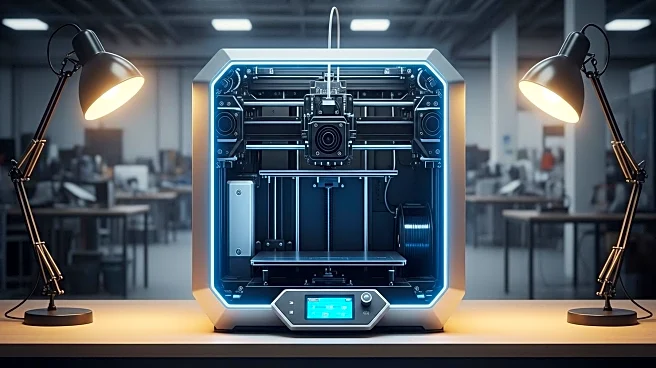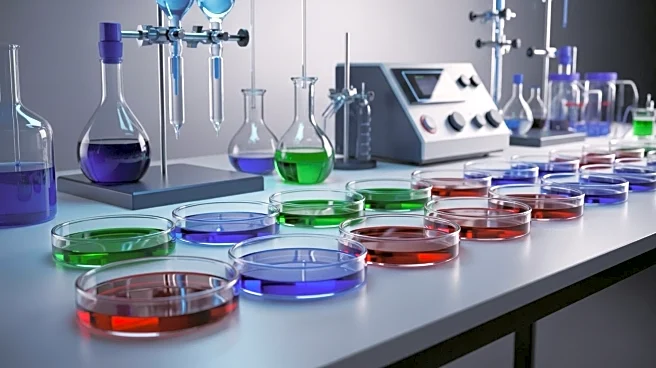What's Happening?
Researchers have developed a simulation-based approach to assess the contamination risk posed by leachables from single-use systems in drug manufacturing. Maximilian Bossong from the Institute of Pharmaceutical and Biomedical Sciences highlights the importance of leachability analysis due to the widespread adoption of single-use systems in the industry. Traditional methods rely on supplier data and targeted studies, but are limited in scope and resource-intensive. The new protocol uses a mechanistic film-diffusion model coupled with a dynamic box model to track leachables through process flowsheets, providing detailed information without extensive practical testing.
Why It's Important?
The simulation-based approach offers significant advantages for the pharmaceutical industry by reducing the need for costly and time-consuming practical testing. It allows for more comprehensive risk assessments of leachables, which can impact product quality and patient safety. By integrating supplier extractables data with process metadata, the protocol enhances the ability to predict scenarios and identify low-risk steps, potentially streamlining manufacturing processes and reducing delays. This innovation supports the industry's shift towards more efficient and reliable biomanufacturing practices.
What's Next?
The adoption of simulation-based protocols could lead to widespread changes in how drug manufacturers assess and manage leachability risks. As the industry continues to embrace single-use systems, companies may increasingly rely on these advanced methods to optimize their processes and ensure product safety. Further research and development could refine the protocol, making it even more effective and accessible to manufacturers.
Beyond the Headlines
The move towards simulation-based leachability analysis reflects a broader trend in the pharmaceutical industry towards digital transformation and data-driven decision-making. This shift could have long-term implications for regulatory practices, as more companies adopt innovative technologies to enhance product safety and efficiency. The integration of advanced analytics into manufacturing processes may also drive further advancements in personalized medicine and targeted therapies.

